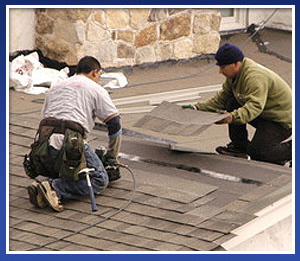Coatings for steel pipes can vary depending on how the pipes are used, their location, and the temperature that they operate in. External pipe coatings exist in the following types:
* Three Layer Polyethylene, which consists of a fusion bond epoxy or “FBE”
* an adhesive layer
* high density polyethylene (“HDPE”) or a polypropylene (“PP”) top layer
Multi-Layering
A coated steel pipe generally consists of multi-layer coatings. There can be up to seven layers which are made up of a 3 layer PP coated pipe with added layers of solid PP, PP foam, and an outer protective shield; ideal for underwater installation, which serves as a thermal protective insulation. There is a stand-alone or a dual layer FBE and an abrasion resistant overcoat (“ARO”), which is used mainly for landline installations.
FBE and PUF Coating
Polyurethane and expanded polyurethane (“PUF”) steel pipe coating is used in environments that requires a very high thermal insulation and for water lines, it can be used either as a stand-alone coating or in a partnership with an FBE and PUF primer layer application, as well as a top layer of PP or HDPE for increased steel pipe protection. Other coatings for landline steel pipes, includes asphalt enamels and bitumen coatings. A neoprene (polychloroprene) coating is good for riser pipes.
Coating for Pipe Transport
Internal coating for steel pipes also depends on how it will be used, more specifically, how it is transporting. Internal coated steel pipes are often coated with a liquid epoxy for corrosion protection, especially for pipes which transport fuels, water, oils, and other similar liquids that contain possible high corrosive contents. Internal coatings for steel pipes have an additional benefit, which includes its ability to improve the flow consistency and efficiency of the whole pipeline system.
Internal Coating
Other internally coated steel pipe materials are FBE coatings in combination of a phenolic primer to increase the coatings performance. This combination is great in high performance water and other corrosive liquid transport. In industries which have an internal cement mortar lined piping coating, it is popular with dangerous waste transportation and potable water distribution.
Coating Thickness
An epoxy is applied or layered in different thicknesses, especially when the pipeline’s environment is rough road crossings and water crossings. No matter how many coated layers on steel pipes are used, coating manufacturing is a multi-step procedure which involves cleaning, heating, grinding, applying, curing, quenching, inspecting, and labeling. Benefits in requesting coated pipes, both internal and external, is there are no sized pipes which cannot be addressed and no application that a coating cannot be used in.
Steel Pipe Coating Company
Kelly Pipe Co., LLC has been in business since 1898, supplying domestic and imported carbon steel pipe products throughout the country, as well as The United Kingdom, Colombia, Canada, and Mexico. Kelly Pipe supplies pipes in all sizes, weights, and grades of black and galvanized, as well as seamless and electric welded piping. In addition to their wide range of pipe product lines, they also offer a variety of value added services, like saw cutting, threading, roller grooving, blasting, and more. They carry line pipe and standard pipe, and specialize in major oil country tubular goods, to support the oil and gas industry customers on a global scale for all oil field tubular needs.


